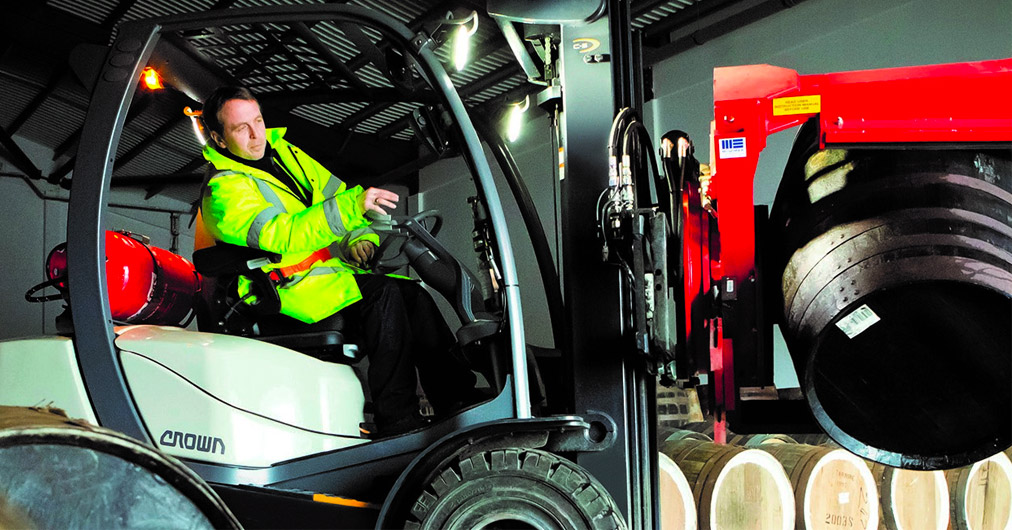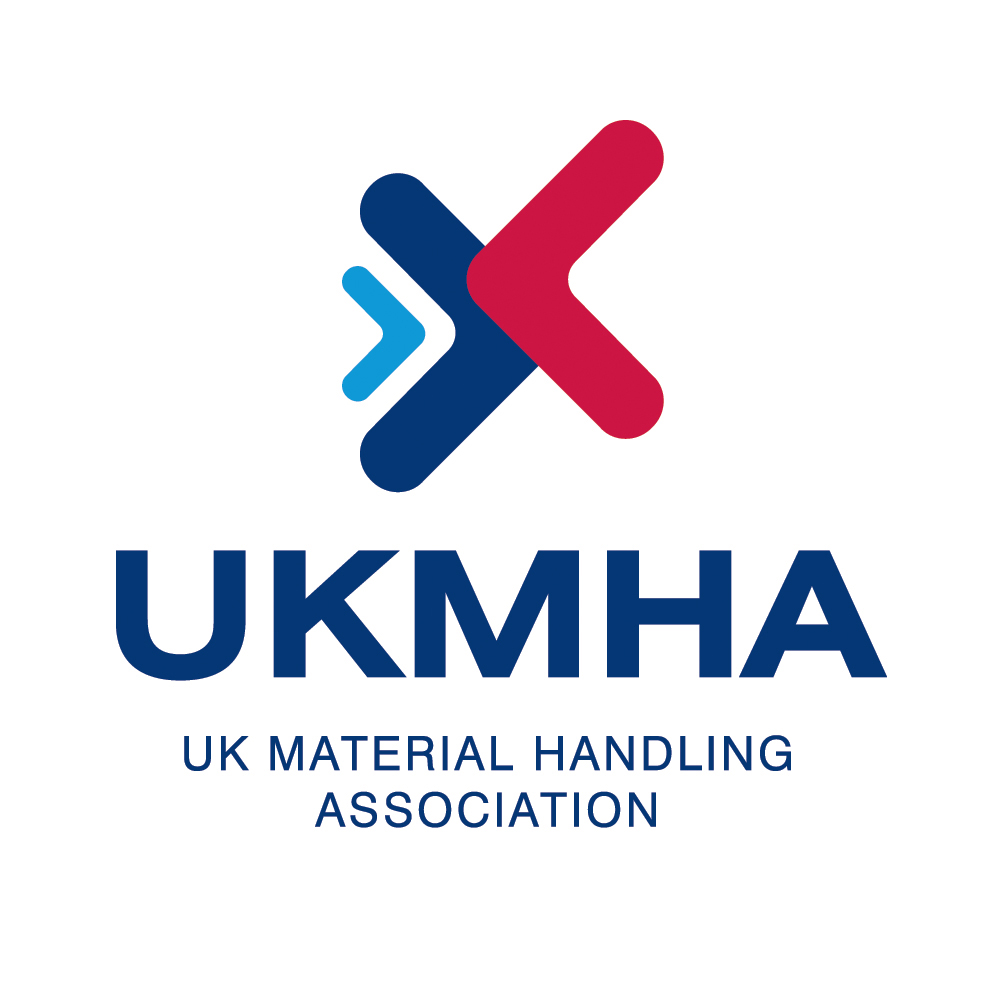Mouse Trapping
Forklift tip-overs are a disproportionately dangerous event. This is because the natural instinct of the operator to flee overrides the training to stay in the truck at the instant where a decision is required.
The rational sub-conscious will determine that the initial speed of overturn is low, the distance to safety short, and the escape window large.
However, the reality is that the overhead guard rapidly accelerates and pivots away from the victim, thus increasing the travel distance to reach safety whilst the window snaps shut. This is commonly referred to as ‘mouse-trapping’, and in the event, the purpose of the restraint is to keep the operator safe within the truck’s protective structure.

What to do in the event of a tip-over
Counterbalance Trucks:
- Stay with the Truck – DON’T Jump
- Hold on Firmly
- Brace the Feet
- Lean Away from the Point of Impact
Stand-on Trucks:
- Step Off the Truck
- Exit Away from the direction of the Fall
- DON’T attempt to pass under the falling structure
The risk of serious injury – or even death – to an operator in the event of tip-over will be significantly reduced if they wear a seat belt and it is the responsibility of the management to ensure they do so.
Common Causes of Tip-Over
- Turning too quickly, especially when unladen
- Sudden changes in speed and/or direction
- Driving with an elevated load or load carrying device
- Impact with kerb, pothole, or other object
- Impact with overhead obstruction, e.g. doorway
- Driving with a side-shifted or uncentered load
- Turning on, or traversing across, a slope or ramp
- Driving with the load downslope
- Wide loads
- Suspended (swinging) loads
- Driving off the ramp or dock edge
- Drive away, e.g. of lorry/trailer
- Manoeuvring with load raised
- Tilting the mast forward with an elevated load
- Driving on uneven surfaces

